The amazing collection of stories from the trenches seen for the first time
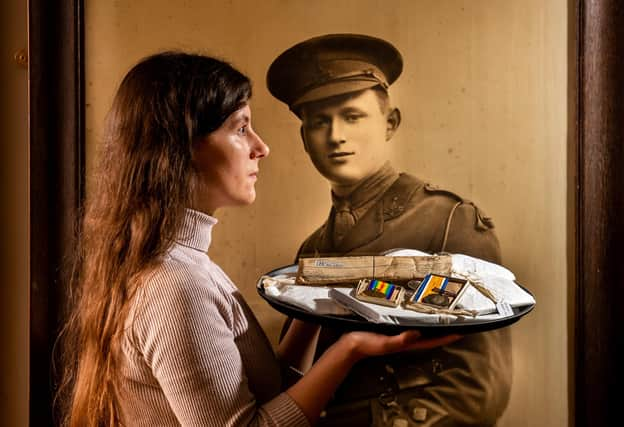

Most museums across the UK are focused on the past. But one of Yorkshire’s best-loved collections specifically channels its treasure trove of artefacts into informing visitors of today, and attracting those of the future.
The Green Howards Museum is right in the centre of historic Richmond, and – typically of nearly all museums and galleries around the world – it has more in its capacious storage spaces than it has on public view. There simply isn’t the room to display everything. And that’s why the Green Howards team are so keen to keep on constantly creating new exhibitions so that as much as can be appreciated will, in due time, get its own place in the spotlight.
Advertisement
Hide AdAdvertisement
Hide AdBut it’s also a matter of keeping up – for in the past year alone there have been no fewer than 39 major donations from the public, and they add up to over 350 items.
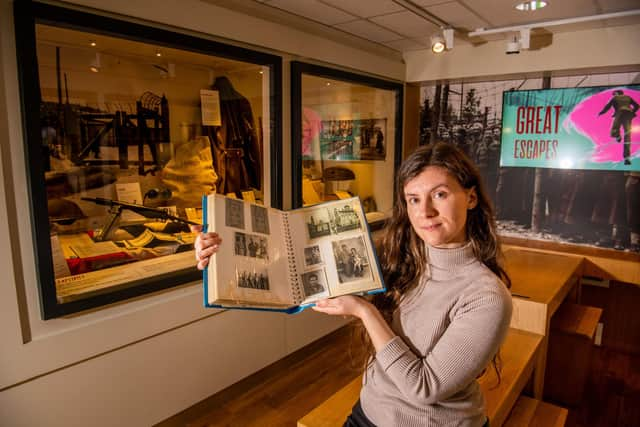

A single one of them filled a gap in the museum’s collection that revealed much about how the military mind worked, back in the days of National Service, just after the Second World War. A woman from Northallerton contacted Zoe Utley, the Barnsley-born head of collections, and wondered if she would like to see some papers that had been preserved in a drawer for several decades.
Zoe say: “She opened up a small packet. I was delighted to see that these were full official instructions from the Army to their newest soldier, telling him how to get from his home to the then Richmond Barracks, to report for training. Bus information, rail information, the whole deal. There was no googling for him back then, there it all was, in black and white. And it is in perfect condition, a wonderful slice of social history.”
Zoe has spent most of her working life at the Green Howards, joining the museum in 2016 after completing a degree in History and Music, and then her Masters in Museum Studies. “Never ever believe that something is mundane or commonplace,” she cautions. “There is always a story behind every piece of paper, photograph, medal, painting, piece of silver, object. Everything tells us something more, adds to the vast jigsaw puzzle of history.”
Advertisement
Hide AdAdvertisement
Hide AdBut she urges people not to drop by their own local museum on the off chance, clutching their own artefact, and hoping to discover its value and full history. “It’s far better to make an appointment. Curators are great listeners, believe me, and there’s never a day that goes by which doesn’t add to our knowledge. And those meetings can often be quite emotional – people have a family treasure, or treasures, and they don’t know what to do with them. Maybe there’s no-one to whom they can be passed to? A museum often seems to be the answer.
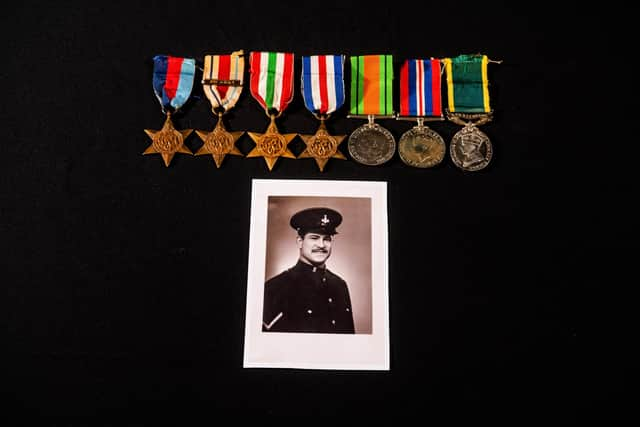

“There are times, of course, when we must be very tactful indeed, and we have to gently decline – if we have six other identical objects, for example. But, for a small museum, we still have about 40,000 items on display or in storage.”
And, as the Green Howards found to their surprise last year, just one of those donations added significantly to their fascinating collection. Zoe had been contacted by a local resident, who in exploring the attics of his home, had chanced upon several boxes of letters and personal items, written by, and belonging to, Captain Robert Murray.
Robert Henry Murray was a Richmond lad, a youngster from a well-to-do family – his father had a successful business in the town, and, after living in Richmond’s Westwas Cottage, they later moved into Temple Lodge. The house still stands. Robert went to Richmond’s Grammar School, played the organ in St Mary’s, the parish church, and then went to Cambridge to study at the prestigious Selwyn College. He was also quite a sportsman, rowing at Henley Regatta.
Advertisement
Hide AdAdvertisement
Hide AdSadly for Henry, and for millions of others, this never-ending summer that marked the end of the Edwardian era, and the start of the second Georgian, was to come skidding to a blood-soaked halt, with the beginning of the First World War. He had hardly started his academic studies when Britain and her Empire came to the aid of “gallant little Belgium,” and the big guns started the slaughter.
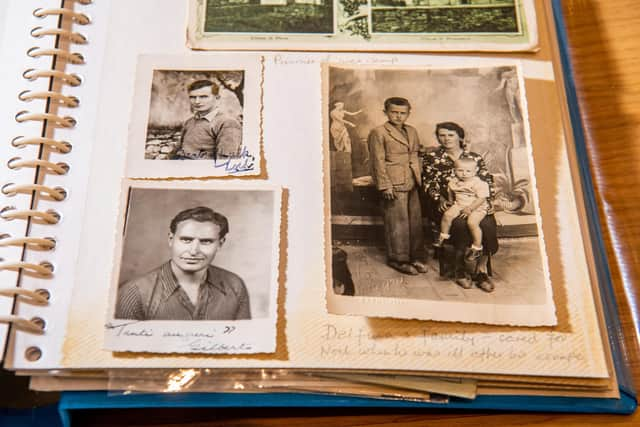

Henry instantly heard his country’s call, and he joined up. He was assigned to his home regiment, The Yorkshires (as the Green Howards were then known), and he was part of the 11th battalion, who were trained at Hummersknott Camp, Darlington. He was then attached to the Royal Munster Fusiliers, who were then sent to one of the worst sectors of the fight – the ill-fated Gallipoli campaign, in which Australians, New Zealanders and the British troops attempted to take the Turkish peninsula. It was an ignominious rout, and many thousands died on the beaches and the hillsides. To survive all that was a miracle, but Henry did, and when the order came for a furtive evacuation, under the darkness of night, he held the rank of Captain.
Zoe has yet to complete reading all of Henry’s letters to his family, but there was little rest for the young officer, for he was posted to France, in 1916. After the hell of Gallipoli, he found himself in what was to be the abattoir of the Somme. While serving in the trenches, Henry was working his way along the lines when he noticed a wounded colleague. He paused to enquire if all would be well. It was a classic case of being in precisely the wrong place at precisely the wrong time. A shell came over, and exploded, killing Henry and three other men.
Robert’s mother and sisters clung to his memory, and preserved every letter – and these were the ones that the museum now has in its care. “They are astonishingly frank and honest,” says Zoe. “Others that you read from his contemporaries to their families, their sweethearts, their wives, hold back on the full information, because they didn’t want to alarm anyone back home. Henry is far more forthright.”
Advertisement
Hide AdAdvertisement
Hide AdAnd there’s another mystery. In the donation, there’s a photograph of Henry, but this is no ordinary snap. It’s almost life-size and it is in perfect condition. “It has some small marks on the reverse,” says Zoe. “So could it have been stuck or pinned to a wall? It’s the largest image that we’ve had donated for many years.” It now hangs next to the First World War case, which is full of equipment, personal objects and uniforms.
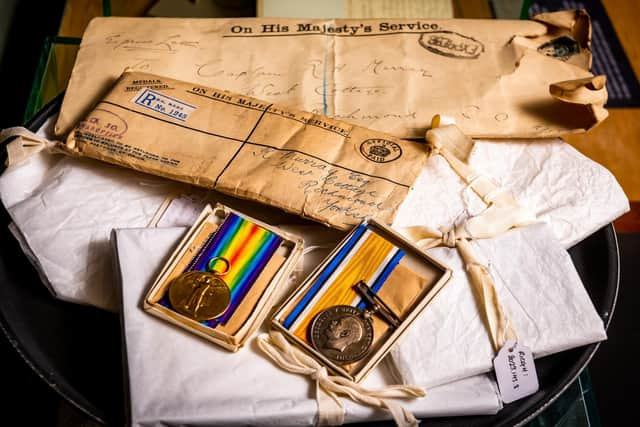

This year will bring new artefacts to the Great Escapes exhibition at the museum, one of which will be the photo album that once belonged to Noel Blunt, a prisoner of war in Italy. “When the Italians surrendered, they washed their hands of the men in the camps, threw open the gates, and merely said ‘Go and fend for yourselves.’ Noel was helped by an Italian family, who clearly cared very much about him. The album was donated by his daughter, Christine,” adds Zoe.
Then there’s an upcoming exhibition on D-Day and the Normandy Campaign. “This one will be extra special as we have the only Victoria Cross awarded on the day. But then, everything we hold is special in some way. We are always discovering something new, about the men and women of so many campaigns. That’s why we say it’s the past – for the present, and the future.”